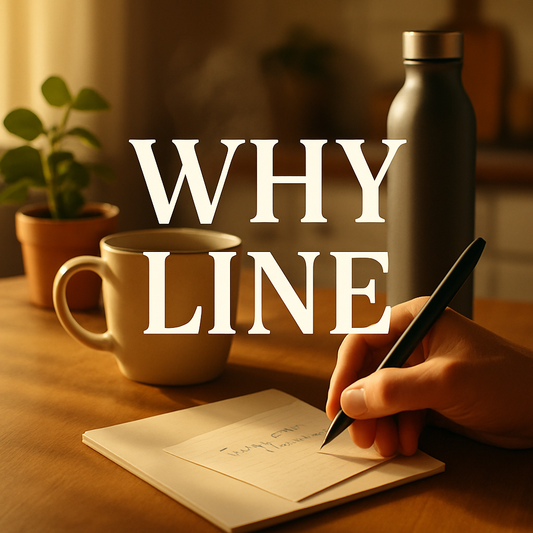
🌎 The Water Crisis: How Global Scarcity Impacts Your Health and What You Can Do 💧
Share ❤️
Imagine waking up one morning and turning on your faucet—only to find it dry. No water for your morning coffee, no way to wash your hands, nothing to cook with or drink. For many of us, this scenario feels like a distant nightmare. But for over 2.2 billion people globally, it’s an everyday struggle. Water scarcity isn’t just about thirst; it’s a silent, pervasive crisis that threatens global health, deepens inequality, and challenges our collective future. 🌍💦
Today, as of March 24, 2025, the world stands at a critical juncture. With climate change intensifying droughts, floods disrupting water systems, and a growing population straining finite resources, water scarcity is no longer a regional issue—it’s a global health emergency. Here’s how it’s affecting us and what you can do to turn the tide.
🌡️ Water Scarcity: The Hidden Health Crisis
The lack of access to clean, safe water doesn’t just inconvenience—it kills, weakens, and destabilizes communities worldwide. Here’s how:
- Increased Illness and Disease: 🚨 Contaminated water breeds deadly diseases like cholera, dysentery, typhoid, and hepatitis A. According to the World Health Organization (WHO), unsafe water contributes to 1.4 million deaths annually, disproportionately affecting children under five. In 2022 alone, preventable diarrheal diseases claimed over 400,000 young lives—a call to immediate action.
- Malnutrition and Poor Hygiene: 🍽️ Water is foundational for growing food and maintaining hygiene. Without it, crops fail, and food safety declines, causing widespread malnutrition. UNICEF reports malnutrition significantly weakens immune systems, further exacerbating vulnerability to illness.
- Mental Health Impact: 🌧️ The constant stress of securing water severely affects mental health. Women and girls, often tasked with fetching water, face chronic anxiety, depression, and exhaustion. A 2023 United Nations study revealed water insecurity could lower quality of life by up to 30%, affecting education, productivity, and emotional health.
🌍 Who’s Affected?
Water scarcity doesn’t discriminate—it’s a global issue with unequal consequences. Currently, 2.4 billion people live in water-stressed regions, a number projected to rise to 3.2 billion by 2050. Sub-Saharan Africa and South Asia bear the brunt, with rural communities and women disproportionately impacted.
Even affluent nations like the U.S. face emerging water crises. Aging infrastructure leaves 2.2 million Americans without running water, and states like California regularly experience severe droughts. The World Resources Institute (WRI) warns that 25 countries—home to a quarter of the global population—face "extremely high water stress" annually.
🚀 What You Can Do Today: Easy Steps to Make a Difference
The water crisis may feel overwhelming, but your actions can spark significant change. Start today:
- Conserve Water at Home: 🏠 Shortening showers by two minutes saves up to 5 gallons per shower; fixing leaky faucets saves up to 3,000 gallons annually. These simple habits can reduce household water use by 15-20%.
- Support Sustainable Practices: 🌱 Choose brands prioritizing water conservation and sustainability. Opting for plant-based foods significantly reduces water usage—producing one pound of beef requires up to 2,000 gallons of water.
- Raise Awareness: 📢 Share important facts—like agriculture consuming 70% of freshwater—with your community. Participate in events like World Water Day (March 22) to amplify awareness.
- Advocate for Change: 🗳️ Engage with policymakers to support sustainable infrastructure, such as wetland restoration, which naturally purifies water and mitigates flooding.
- Donate to Reliable Organizations: 🤝 Support charities like Water.org, World Vision, and Concern Worldwide. Just $50 through World Vision can provide clean water to one person for life.
🌟 The Ripple Effect: Every Drop Counts!
Your actions matter immensely. If every American reduced water use by just 10%, we’d save over 1 trillion gallons annually—enough for 11 million homes. Globally, smart water management strategies could cost just 1% of GDP—an affordable price for worldwide water security.
By conserving, advocating, and educating, you’re helping lift communities from poverty, protecting ecosystems, and promoting global health. The crisis is urgent, but the solutions are achievable.
Together, let’s turn scarcity into abundance—every drop saved is a life improved. 💧✨









